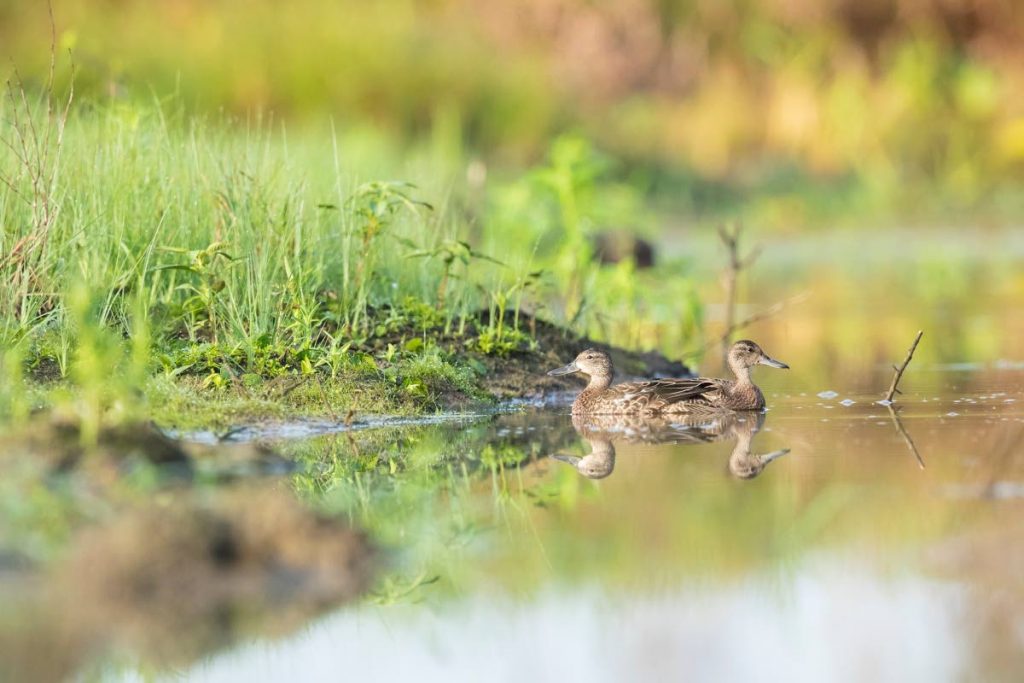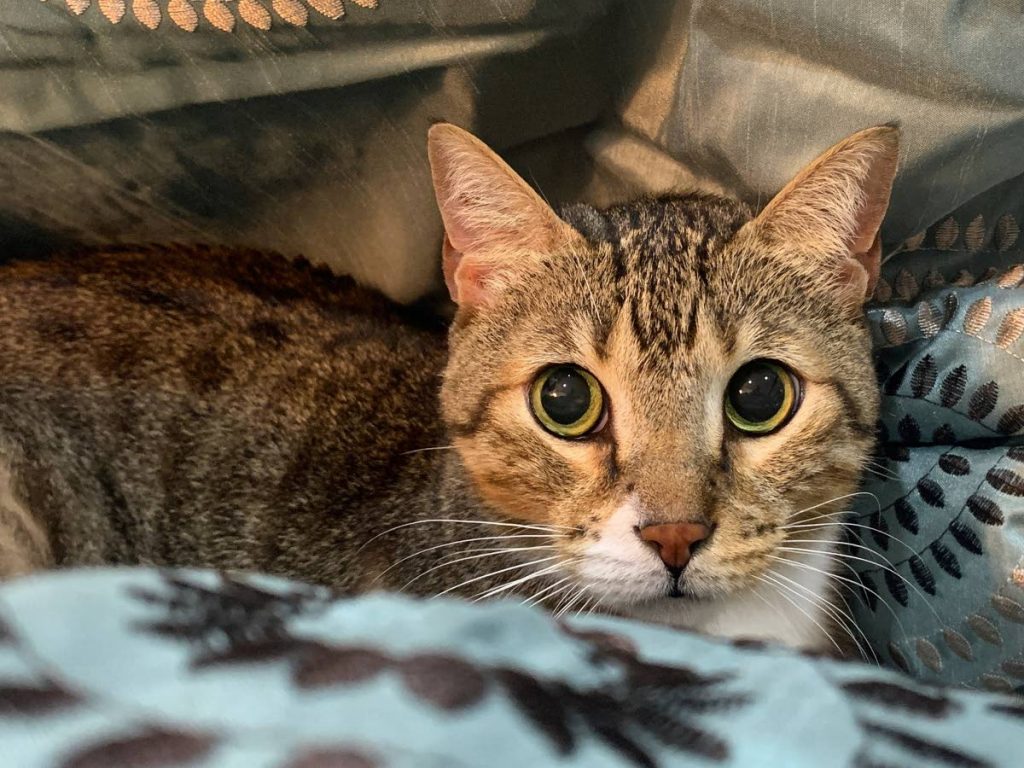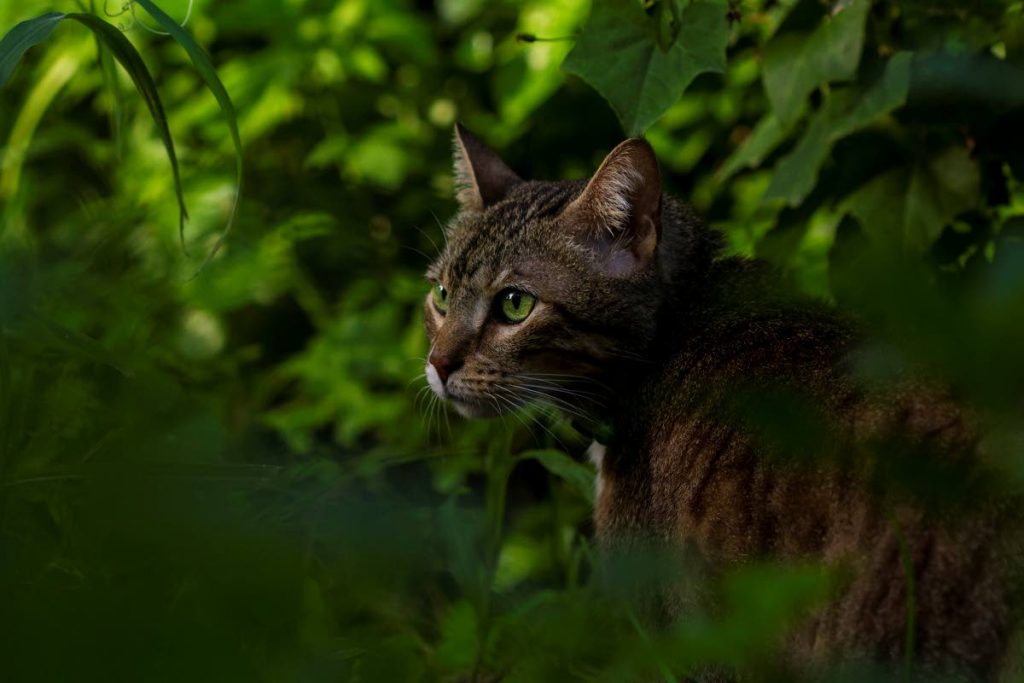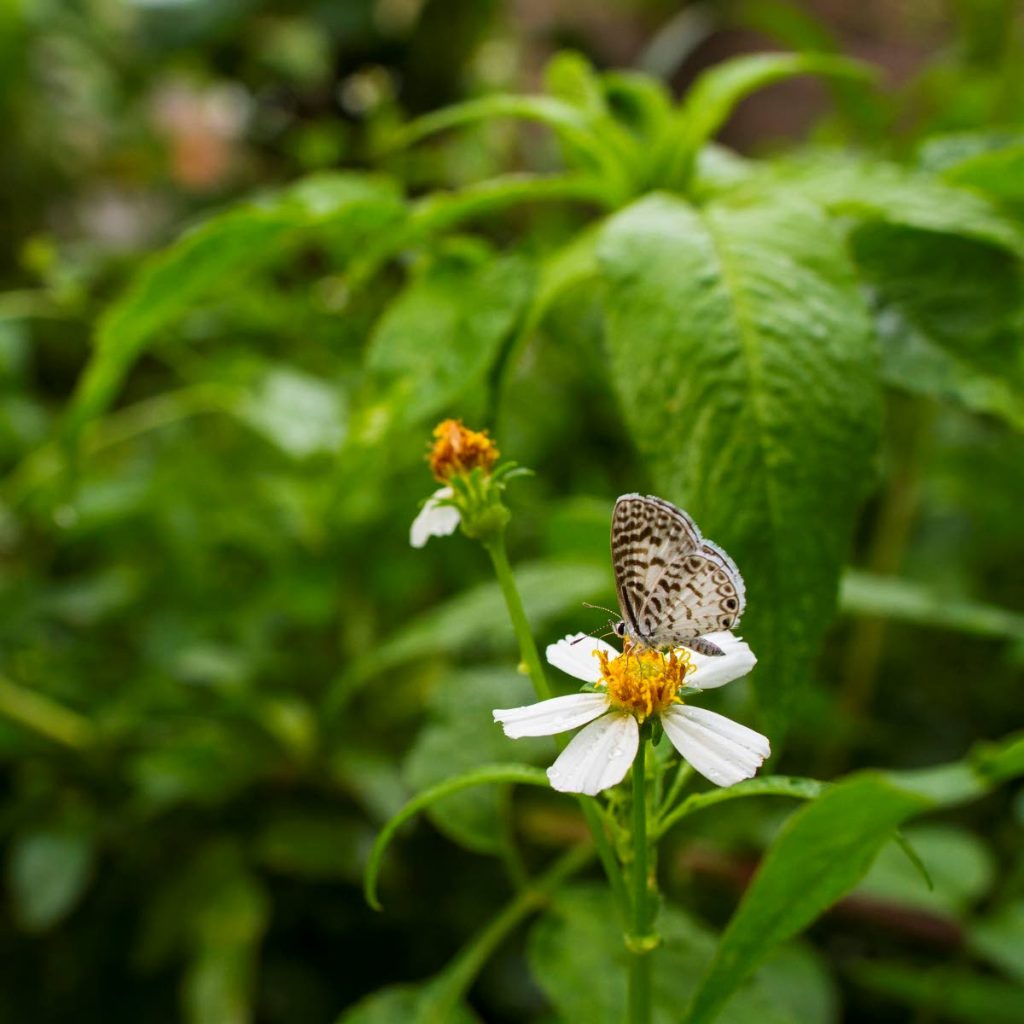Personal choices to protect biodiversity

Can you live without eating beef? What about that semi-stray cat that gets your table scraps? Faraaz Abdool, author of Casual Birding in Trinidad & Tobago, discusses some personal choices that, taken collectively, can make a difference to the island’s biodiversity.
Convenience in the short term can have damaging impacts in the long term. As consumers, we hold the ultimate power in the chain of supply and demand. The consumer decides what is worthy of investment and what’s not. Corporations may seem untouchable in their endless pursuit of profit, but we can shift our attention to local entrepreneurs when we are making our purchases.
We have the responsibility of knowing where our food comes from, and this includes all fruits, vegetables, snacks, grains, even coffee and chocolate. Farmers who are proud to grow food without pesticides and chemicals deserve to be rewarded for their environmental awareness. Establishments which strive toward zero-waste, utilising local ingredients and environmentally-friendly packaging should be the deserving recipients of our dollars. The additional cash flow will prove to have multiple benefits. Not only will the pioneer of such a practice enjoy increased sales, but others will follow. Before long, what was once a bold decision to be environmentally conscious will become the accepted norm. Responsible businesses can only exist with responsible customers, and that is where each of us can stand up and be counted.

On the topic of food, a contentious point often raised is the consumption of meat and dairy. With our current consumption trends, greenhouse gas emissions related to the food industry are expected to almost double by 2050. Let us consider the meat industry: beef and lamb produce over 30 kilograms of carbon dioxide per kilogram of meat. By comparison, rice, soybeans and vegetables produce 1.18, 0.12 and 0.06 kilograms of carbon dioxide per kilogram of product respectively.
Furthermore, from a land use perspective, meat – in particular beef – production is completely unsustainable. Approximately 60 per cent of the agricultural land across the planet is currently used for beef production, which accounts for just about two per cent of the global intake of calories.

Tobago is fortunate in having access to fish that is caught in sustainable ways. Even these ways and where we fish must be managed more carefully.
Some of us have elected to grow our own food – be it in a kitchen garden or an adjoining empty lot of land. In the quest for a homegrown supply of ochro, eggplant or pigeon peas, we can be easily frustrated by a myriad of natural elements. Caterpillars, leafcutter ants and rogue vines seem forever poised to overturn our careful efforts. Many people turn to pesticides and other chemical poisons which have wide-ranging detrimental effects on the environment. As an example, a caterpillar that ingests a poison does not die immediately but becomes sluggish and easy prey for a passing bird or lizard. This is precisely how the ecosystem gets poisoned. The same concept holds for the dousing of bushy areas with weedicide as an alternative to regular maintenance. The chemicals more often than not find themselves into the water table thus causing much more damage than originally intended.
There are many naturally occurring, organic pest deterrents one can use without causing harm to the plants or the creatures on the plants. Neem oil, cayenne pepper or a mild soap solution can easily achieve the desired effect. Additionally, if other naturally-occurring plants are left intact and crops are planted between these, one may realise that the “pests” actually prefer the native plants and leave the crops alone!

One of the most potent threats to biodiversity is almost too cute to handle. Felis catus or the domestic cat is responsible for the extinction of 63 species of animals thus far, and is driving countless more to the brink. Worldwide, domestic, stray and feral cats kill millions of birds and other small animals daily. This gives a staggering total of up to four billion birds and over 20p billion small mammals killed by cats every year! The effects of such a super predator are exacerbated on small islands. The introduction of cats to islands across the world has resulted in the extinction of 33 endemic species thus far.
An island that is serious about its ecological wealth should wisely ensure that its animals are safe from free-roaming cats. It is a multi-tiered issue that is facilitated by human ignorance and irresponsibility. After all, the cats did not put themselves into the environment. Responsible cat ownership entails keeping pet cats indoors with supervised outside time and spaying or neutering as early as possible. Cats should especially be kept indoors at night, as 92 per cent of their kills occur during hours of darkness.

As to the populations of stray cats, if you think you are helping with occasional feeding, you are only enabling their populations to thrive and facilitating litters of feral kittens. As bad as they are for the environment, no cat deserves ill treatment. Citizens are therefore encouraged to support rescue, rehabilitation and rehoming efforts in a bid to humanely benefit all parties.
If each of us can thoughtfully, conscientiously and mindfully live our lives – with awareness of the other creatures in our environment – then there is hope for the future. Let us take some moments to observe all the players in our immediate surroundings and understand that their futures are deeply interwoven with ours.


Comments
"Personal choices to protect biodiversity"